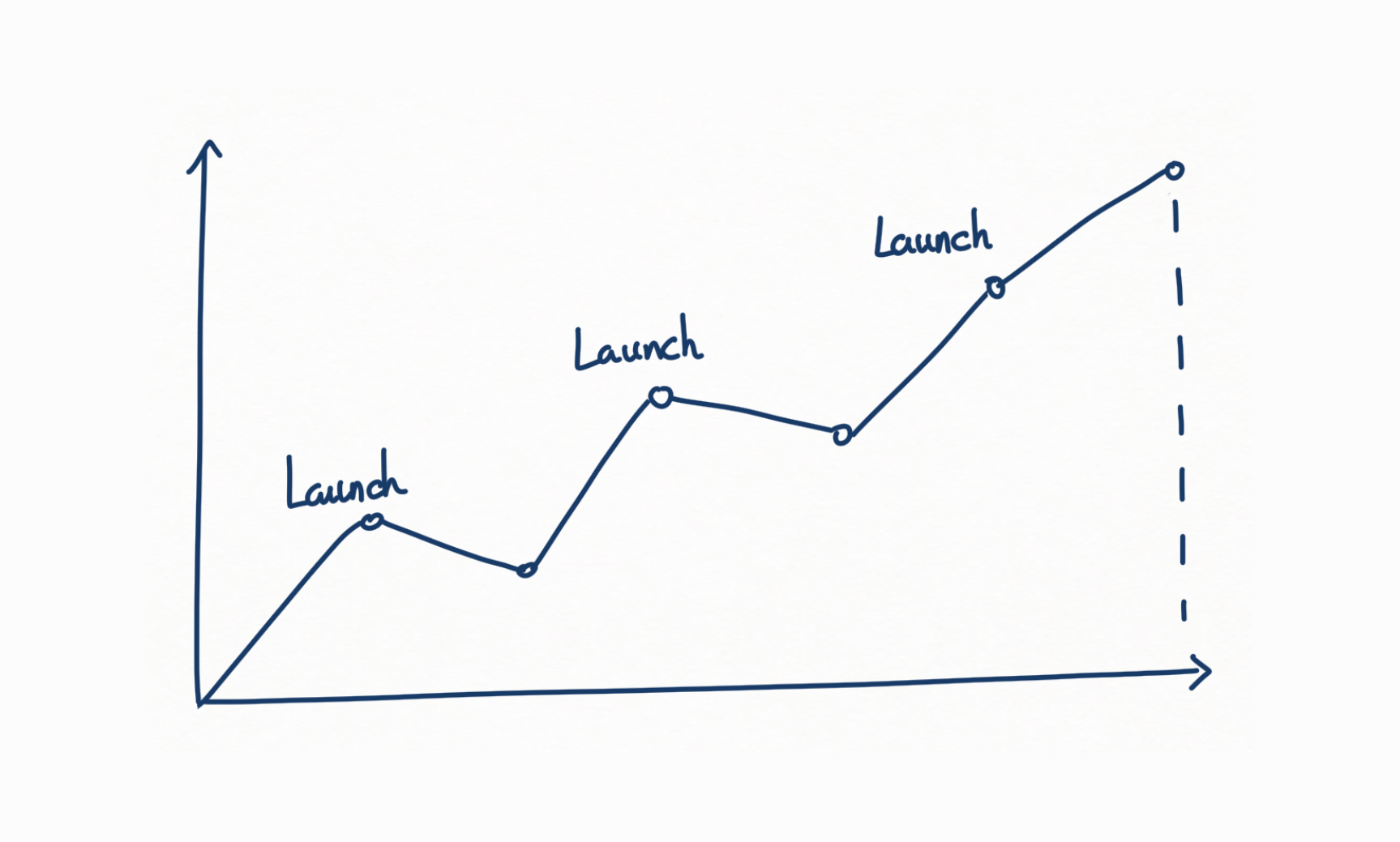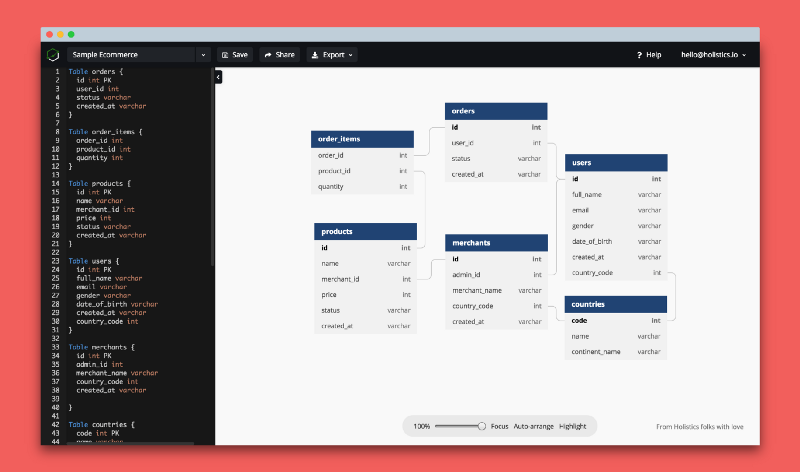Last week, I had a discussion with my co-founders on defining a problem statement for our startup, Centroly.
We were stuck on how to define a concrete problem statement, and couldn’t align on the abstraction level of the problem, some of us suggested a few frameworks.
We couldn’t align on any of them, especially me.
Most frameworks out there are crafted by either consulting companies or people who haven’t started their own companies.
I’m the type of person who likes to learn by example. I asked the team to compile a list of the most successful startup pitch decks, and try to break them down to develop our own framework.
After analyzing the 5 famous startup pitch decks, we’ve come up with a framework below.
The Problem Statement Framework
User Needs + Reality (Existing solutions and their problems) + Ideal solution
TL;DR
- The problem statement framework “User Needs + Reality (Existing solutions and their problems) + Ideal solution”
- Tips
- Avoid being too abstract or too ambiguous, otherwise, it will be very hard to find an implementable solution
- Ask “five whys” to find the root cause
- Instead of asking “What are the problems users are facing?”, give it more context, “With the given existing situation, what are the problems they’re facing?”
- You need to include your ideal solution/dream so the audience (investors, partners, etc.) can understand your worldview
AirBnb
Price is an important concern for customers booking travel online.
Hotels leave you disconnected from the city and its culture.
No easy way exists to book a room with a local or become a host.
User need: Booking travel online
Existing solution and its problems: Hotel, being disconnected from the city and culture
Ideal solution: Ability to book a room with a local, or become a host
Dropbox
Storage is a mess. It’s 2007, and it’s still a pain to work on multiple computers; share files acrross a team; put photos, video onto the web; protect files from loss
What are people doing now: Email attachments, USB drives, Browser uploads, Piecemeal solutions
In a perfect world: Your files available wherver you are, on any device; Never worry about losing data, can always undo; Sharing, putting media onto the web is drag-and-drop
User need: Storing data
Existing solution and its problems: Risk of losing data when using Emails, USB Drives, etc.
Ideal solution: A web solution that store your data so that you can access it from anywhere
Front – Series A Deck
Email is the most important business communication channel, but email is a tool designed for personal use, and not optimized for collaboration, productivity, error-prone
The solution: A multichannel email client, where every conversation finds its way to the right people, and is accountae for in the right system
User need: Online business communication using email
Existing solution and its problems: Email tools are designed for personal use, error-prone, and not optimized for collaboration, productivity
Ideal solution: A collaborative and productive multichannel email client
Tinder
Meet Matt. Matt spots a girl he likes at a party. But like most of us, Matt won’t go over to say hello. He has the same problem most of us do…. Fear of rejection!
Meet the cure: Matchbox – Like people around you and get connected if they like you too
User need: Find a girlfriend
Existing solution and its problems: ; Fear of rejection when going to a party, then saying hello
Idea Solution: Like people around you and get connected if they like you too


Be the first to reply